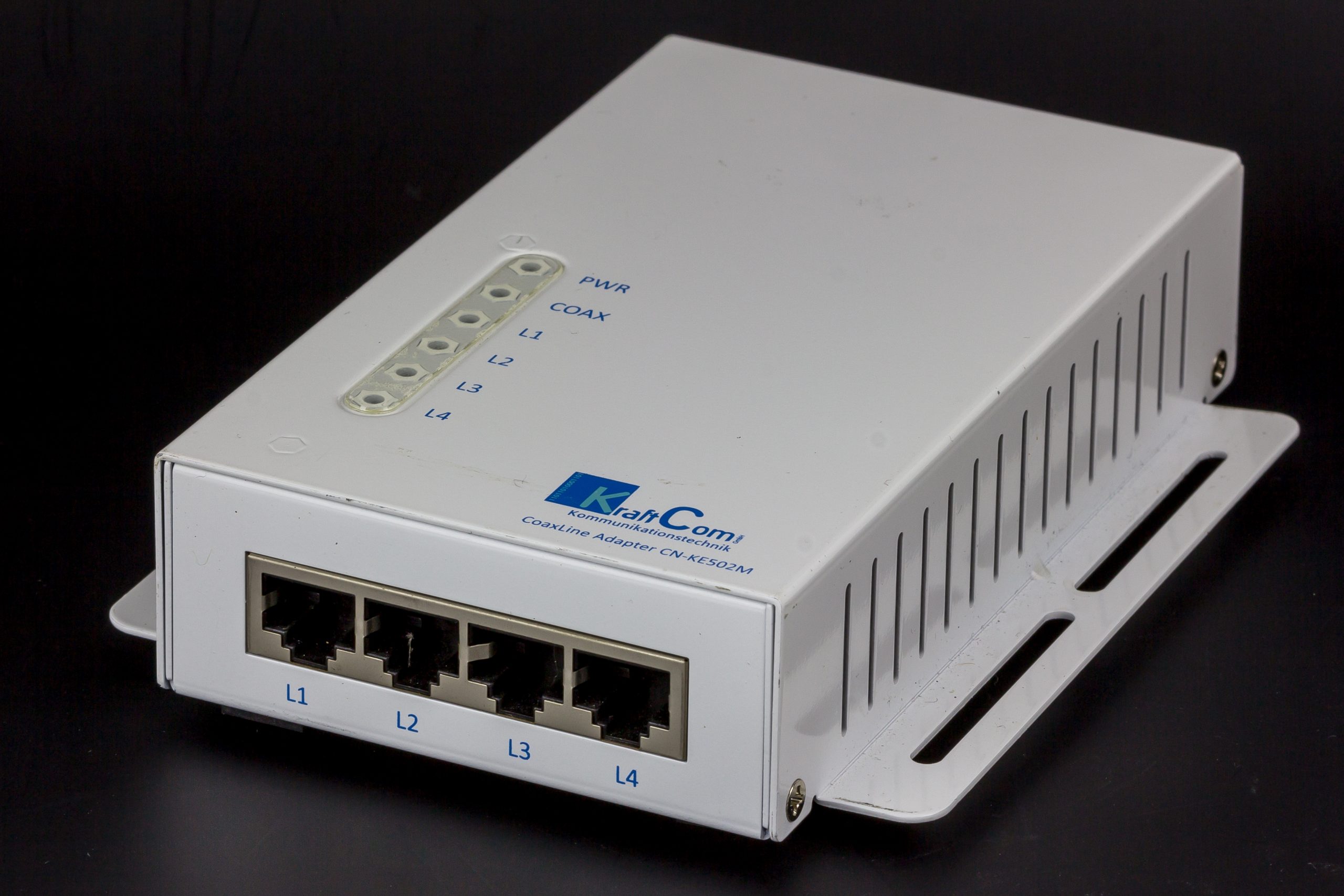In the rapidly evolving landscape of networking technology, Power over Ethernet (PoE) has emerged as a game-changer, simplifying the deployment of devices by combining data and power transmission over a single Ethernet cable. PoE network switch play a pivotal role in this revolution, offering efficiency, flexibility, and cost-effectiveness. In this blog post, we’ll delve into the world of PoE network switches, exploring their benefits, applications, and key considerations for deployment.
Understanding Power over Ethernet:
Power over Ethernet, as the name suggests, enables the delivery of electrical power alongside data over standard Ethernet cables. This eliminates the need for separate power sources for connected devices, streamlining installation and reducing overall costs. PoE is particularly advantageous in scenarios where devices, such as IP cameras, wireless access points, and VoIP phones, need both data connectivity and power.
Key Benefits of PoE Network Switches:
- Simplified Installation: PoE network switches simplify the installation process by reducing the number of cables required for each connected device. This not only saves time but also minimizes the complexity of cable management.
- Flexibility and Scalability: PoE switches offer flexibility in network design, allowing devices to be installed in locations without easy access to power outlets. This scalability is crucial for businesses that may need to add or relocate devices within their network.
- Cost-Efficiency: The consolidation of power and data transmission into a single cable reduces infrastructure costs. Businesses can save on both materials and labor during installation, making PoE an economically viable solution.
- Remote Power Management: PoE network switches often come equipped with features that allow for remote power management. This capability enables administrators to monitor and control the power supplied to individual devices, enhancing overall network management.
Applications of PoE Network Switches:
- IP Cameras: PoE is widely used in surveillance systems, powering IP cameras and simplifying their installation. This is especially valuable in outdoor and remote locations where power sources may be limited.
- Wireless Access Points (WAPs): Deploying wireless access points becomes more convenient with PoE, as it eliminates the need for separate power sources. This is particularly beneficial in large-scale wireless networks.
- VoIP Phones: PoE facilitates the deployment of Voice over Internet Protocol (VoIP) phones by providing both data connectivity and power. This is advantageous for businesses adopting VoIP solutions for their communication needs.
- Internet of Things (IoT) Devices: The rise of IoT has increased the demand for PoE, as it simplifies the integration of various smart devices into a network, from sensors to smart lighting systems.
Considerations for PoE Network Switch Deployment:
- Power Budget: Before deploying PoE devices, it’s essential to assess the power budget of the PoE network switch. This determines the total power available for all connected devices and ensures that the switch can adequately power each one.
- Device Compatibility: Not all devices support PoE, so it’s crucial to verify compatibility before connecting them to a PoE-enabled switch. Additionally, some devices may require higher power levels, necessitating the use of switches with higher PoE budgets.
- Network Security: While PoE enhances convenience, it’s essential to consider the security implications. Ensure that your PoE network switch and connected devices are secured against unauthorized access and potential vulnerabilities.
